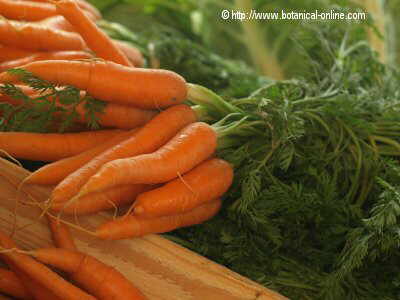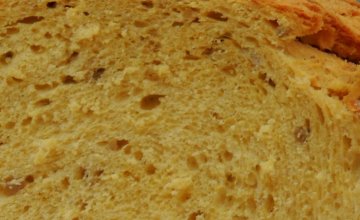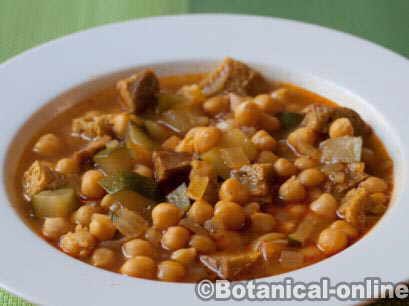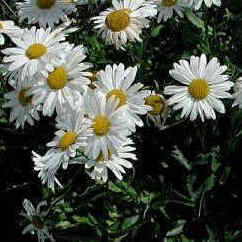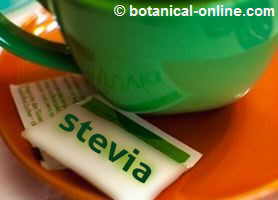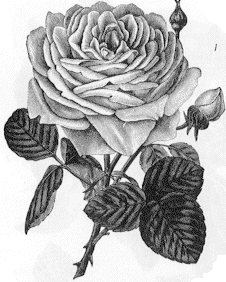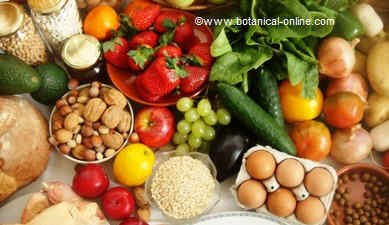Contents
Foods with wild flowers
Wild flowers in food
Wildflowers are a delicate ingredient that provides a lot of color, showiness and joy to recipes. Although it may seem like something new, created by gourmet or haute cuisine, cooking with flowers is done in a traditional way. For example, rose petals were present in many medieval recipes.
Cooking with wildflowers
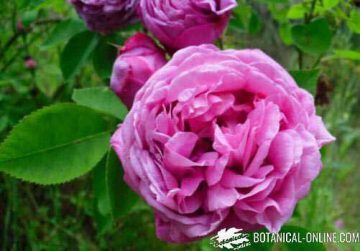
Currently, great avant-garde chefs, some of them Michelin star winners, are recovering these floral ingredients in the kitchen, as they bring distinction, notoriety and originality.
In addition, these ingredients provide all the benefits of eating with wild plants.
Eating with wildflowers is a pleasure that is not always possible. These ingredients are very delicate and perishable, therefore, we will normally collect them from our own garden or orchard, since they are difficult to find in most grocery stores.
Important considerations before cooking with flowers
Below we talk about some wild flowers that we can introduce into the diet. For this type of cuisine to be sustainable and healthy, it is advisable to respect the following rules:
- It is recommended to grow the flowers yourself for consumption. If collecting flowers in the wild, it is important to ensure that the flower is not contaminated by domestic or grazing animals, car smoke (do not pick on roadside), fungi, etc.
- You cannot eat any flower, but only those whose edibility is known. Some flowers are poisonous.
- We must consume responsibly, so as not to alter the ecosystem. Never collect more than half of the flowers of a plant. For more details, see: Recommendations for collecting wild plants
Rose petals
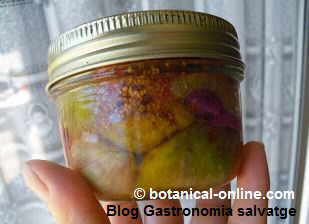
Provence rose or cabbage rose (Rosa centifolia) is typically used, which has an intense and delicate aroma. Many recipes for rose petals remain in old cookbooks.
We will cite as an example the fig búrnia (extracted from the “Llibre de Coch“), a recipe from the Renaissance, in which ripe figs are perfumed with rose petals. (See the side photo)
Rose petals are suitable for perfuming recipes. They can also be used to prepare sorbets, ice cream, panna cotta, etc.
![]()
Lavender flowers
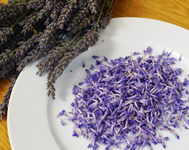
Recipes with lavender flowers (Lavandula officinalis) have both medicinal and aromatic value. It combines especially with sweet dishes, providing a warm and penetrating flavor, which gives depth to the recipes.
The dedication required to separate fresh lavender flowers with tweezers makes it a very relaxing plant to work with.
Unlike other flowers, these can be cooked, although they can also be eaten raw in salads. All kinds of delicacies are prepared with lavender flowers: Ice cream, sorbets, panna cotta, smoothies, cakes, cookies, cocktails,…
![]()
Eating violet flowers
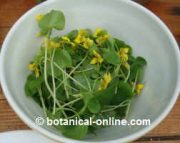
Violets (Viola spp.) are wild plants native to humid and shady places, which grow in a rosette form. Both the leaves and flowers are edible.
The flowers are carefully picked and used to prepare salads, decorate desserts, etc. They can be added to all types of recipes, mainly for decoration, although they also bring their delicate floral aroma to meals.
Marigold flowers in food
Pot marigold or calendula (Calendula officinalis) is an edible and medicinal flower. Both pot marigold (medicinal) and field marigold are suitable for consumption.
The best time to harvest marigold is around 12 or 1 o’clock noon, because that is when there is more sun, and the flowers have the greatest amount of flavonoids in their floral head (to protect themselves from the sun’s rays). These flavonoids are what give this flower its renowned medicinal properties for skin care.
Calendula is used in food in salads, desserts or different recipes (cheese or flower butter…). Raw is how its nutrients are best used. The petals and flower bud are consumed. As always, you should not cut off all the flowers from the plant, as the plant will not be able to reproduce. In the photo we have a salad of wild leaves (dandelion, sorrel, chicory) and marigold flower petals:
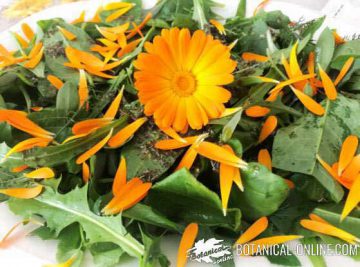
Recipes with mallow flowers
Common mallow (Malva sylvestris) is one of the most used edible flowers due to its color and abundance.
Mallow flowers, violet in color, are rich in mucilage, a type of fiber that helps regulate intestinal transit and soothe the throat in cases of cough or irritation.
The flowers are carefully picked and used in salads or desserts. They are also dried to prepare infusions against sore throats in winter. Although it is an abundant plant, we must remember that we should not collect all its flowers, as this would impede its reproduction as a species.
* Related information: How to prepare and cook mallows
Poppy petals
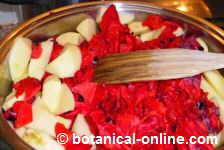
The poppies (Papaver rhoeas) found among the cereal fields also have their edible use. Only the petals are used, which are added to salads like other edible flowers, to add a colorful touch to any meal.
In old recipe books, you can find a jam that was prepared with apple, poppy petals and sugar. (See photo)
Salsify flowers
Salsify (Tragopogon spp.) is a plant from the same family as dandelion. It is characterized because at the base of the flowers there is a kind of funnel. Unlike other flowers, these are not added to salads, but are consumed cooked, before opening.
The flower buds, before opening, are boiled like a vegetable. It is a very common dish in France and Central European countries, where the plant is abundant.
* More information: Recipes with salsify
Recipes with wild flowers
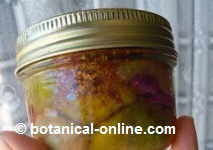 Búrnia, figs with rose petals | 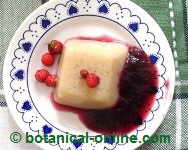 Wildflower jelly | 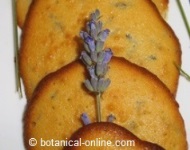 Lavender cookies |
* Related information:
![]() More information on edible wild plants
More information on edible wild plants
12 November, 2025

